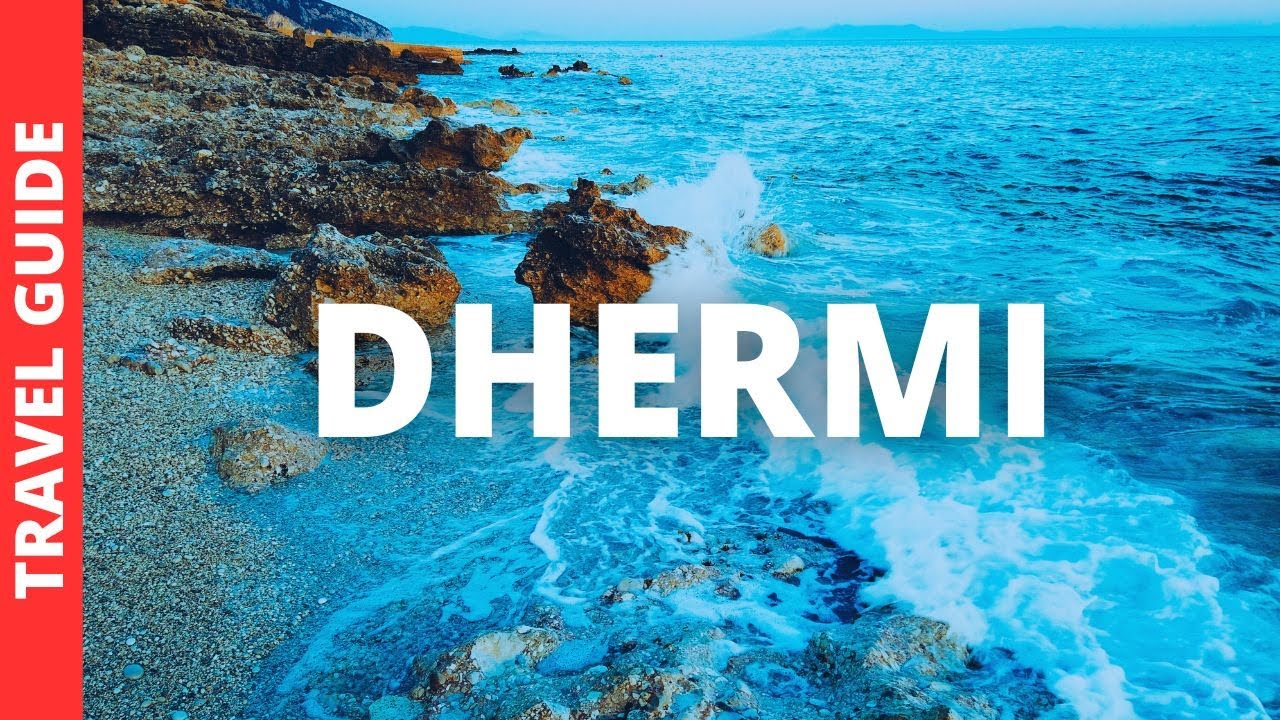
Introduction
Overview of Albania’s National Parks
Albania is home to several stunning national parks, each offering a unique glimpse into the country’s rich natural landscapes. From towering mountains to serene lakes, these parks provide not only beauty but also habitat for diverse wildlife. Visitors can explore:
- Theth National Park
- Llogara National Park
- Shebenik-Jabllanice National Park
Importance of Preserving Natural Spaces
Preserving Albania’s natural spaces is crucial for numerous reasons, including:
- Biodiversity Protection: Ensuring the survival of various species that inhabit these ecosystems.
- Climate Regulation : Forests and wetlands play a vital role in controlling the climate.
- Cultural Heritage : Natural spaces hold historical significance and contribute to national identity.
By protecting these areas, we safeguard a vibrant future for both the environment and communities that rely on it.

History of Albania’s National Parks
Establishment of the First National Park
The journey of Albania’s national parks began in 1966 with the establishment of Divjakë-Kastër National Park. This pioneering effort aimed to protect the unique ecosystems and rich biodiversity of the area. I remember my first visit there, surrounded by lush greenery and the melodies of local birds— it was a reminder of just how special these spaces are.
Development of the Park System
Following the success of Divjakë-Kastër, the Albanian government recognized the need to expand its national park system. By 2023, Albania boasts over 15 national parks, including notable ones like Theth and Llogara. This growth is marked by:
- Increasing areas designated for protection
- Enhanced conservation efforts
- Rising tourism that promotes awareness and appreciation of nature
These developments reflect Albania’s commitment to preserving its natural heritage for future generations.
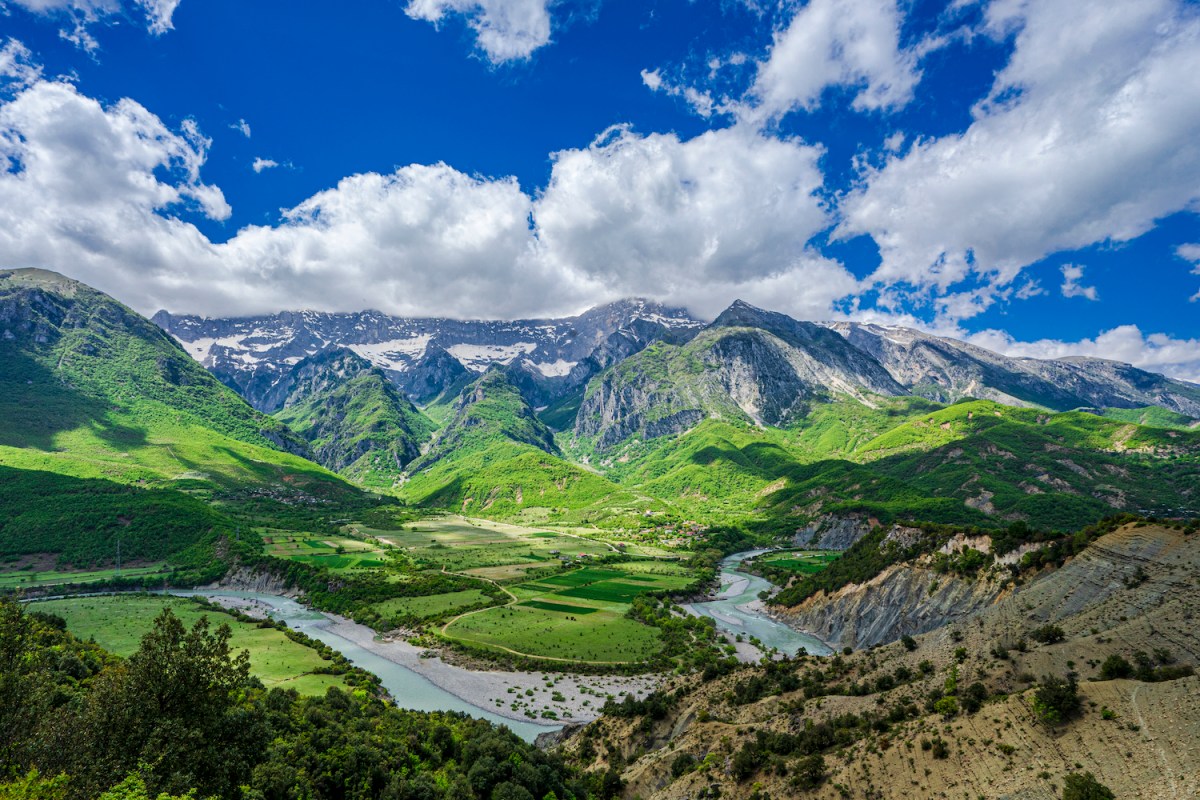
Biodiversity in Albania’s National Parks
Flora and Fauna Diversity
Albania’s national parks are a treasure trove of biodiversity, showcasing over 3,000 plant species and numerous wildlife populations. From vibrant wildflowers carpeting the meadows to elusive creatures like the brown bear and Eagle, the range is astounding. On my recent hike in Theth National Park, witnessing the rare Albino deer in its natural habitat was nothing short of magical.
Endangered Species Conservation Efforts
Recognizing the importance of these diverse species, Albania has initiated several conservation efforts, targeting endangered populations like the European Lynx and Mediterranean monk seal. Some key strategies include:
- Establishing protected areas
- Implementing anti-poaching laws
- Promoting community awareness programs
These initiatives are vital for maintaining the delicate balance within ecosystems and ensuring the survival of Albania’s unique wildlife.
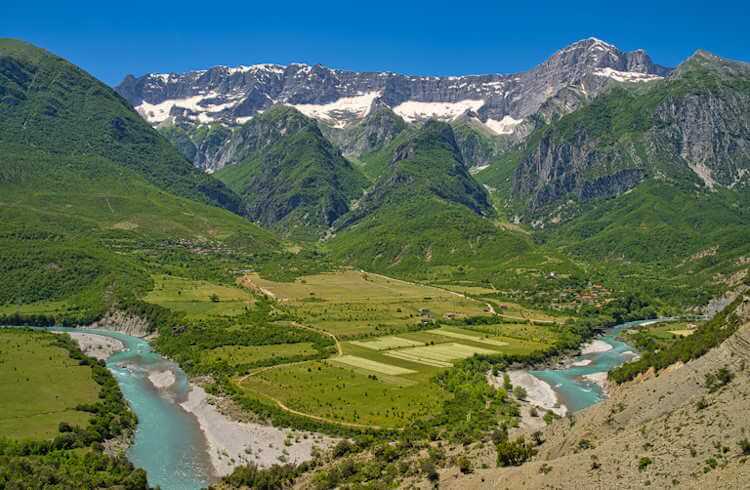
Popular National Parks in Albania
Theth National Park
Theth National Park is a hidden gem, famed for its dramatic landscapes and traditional stone houses. As I trekked through the Valbona Valley, the rugged mountains and waterfalls were breathtaking. The Blue Eye spring is a must-visit, where the water’s vibrancy captivates every visitor.
Llogara National Park
Next, Llogara National Park enchants visitors with its stunning coastal views and pine forests. The Llogara Pass offers spectacular vistas of the Ionian Sea. I fondly recall picnicking at sunset while watching boats sail through the turquoise waters— a memory etched in my heart.
Shebenik-Jabllanice National Park
Lastly, Shebenik-Jabllanice National Park is known for its pristine natural beauty and rich biodiversity. Home to ancient forests and diverse wildlife, it’s an ideal spot for adventure seekers and nature enthusiasts alike. Exploring its various trails feels like stepping into a serene, untouched world, where every turn reveals a new marvel.

Outdoor Activities in Albania’s National Parks
Hiking Trails and Routes
Albania’s national parks are a hiker’s paradise, offering diverse trails that cater to all skill levels. My favorite trail in Theth National Park leads to the stunning Grunas Waterfall, where the sound of cascading water provides a refreshing backdrop. Notable hiking destinations include:
- Llogara to the Albanian Riviera
- Valbona Pass to Theth
- Shebenik Loop Trail
Each journey showcases breathtaking views and unique scenery.
Wildlife Watching Opportunities
Wildlife watching is another exhilarating experience in these parks. With a bit of patience and luck, you might spot the elusive Lynx or a majestic Golden Eagle soaring overhead. I recall an early morning in Shebenik-Jabllanice, where I was mesmerized by a family of deer grazing in the soft morning light. Key wildlife viewing spots include:
- Valbona Valley
- Divjakë Lagoon
- Llogara’s mountain ridges
These moments connect visitors deeply with Albania’s incredible natural heritage.

Conservation and Sustainable Practices
Park Management and Conservation Programs
Effective park management is essential for preserving Albania’s stunning national parks. Various conservation programs focus on habitat restoration and species protection. I was impressed by the volunteers’ dedication I saw at a recent clean-up event in Divjakë-Kastër, where community members came together to protect their environment. Key initiatives include:
- Regular wildlife monitoring
- Restoration of native flora
- Community engagement in conservation efforts
Eco-tourism Initiatives
Eco-tourism is flourishing alongside these conservation efforts, encouraging visitors to appreciate Albania’s natural beauty responsibly. Many local businesses now emphasize sustainable practices, offering eco-friendly accommodations and guided tours. On my trip to Llogara, I stayed at a family-run lodge that provided delicious locally sourced meals. Highlights of eco-tourism initiatives include:
- Guided nature walks promoting education
- Workshops on local traditions
- Support for community conservation projects
These endeavors ensure that both visitors and locals can enjoy the natural wonders while contributing to their preservation.
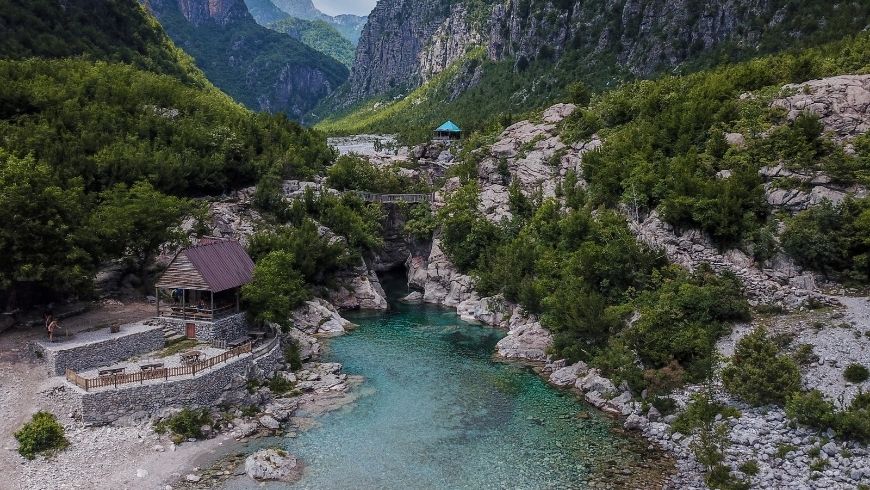
Challenges and Future Outlook
Threats to National Parks
Despite the rich biodiversity and beauty of Albania’s national parks, they face significant threats. Issues like illegal logging, poaching, and unregulated tourism put immense pressure on these ecosystems. On a recent hike in Shebenik-Jabllanice, I observed human footprints in restricted areas, a vivid reminder of the challenges these parks endure. Other common threats include:
- Urban encroachment
- Pollution
- Climate change impacts
Future Plans for Park Preservation
Looking ahead, Albania aims to strengthen park preservation efforts through comprehensive action plans. Initiatives focus on increasing community involvement and enhancing enforcement against illegal activities. I was heartened to hear about upcoming workshops for locals to discuss sustainable practices. Future plans involve:
- Expanding protected areas
- Collaborating with international conservation organizations
- Educating visitors on responsible behavior
By actively addressing these challenges, Albania can preserve its breathtaking national parks for generations to come.
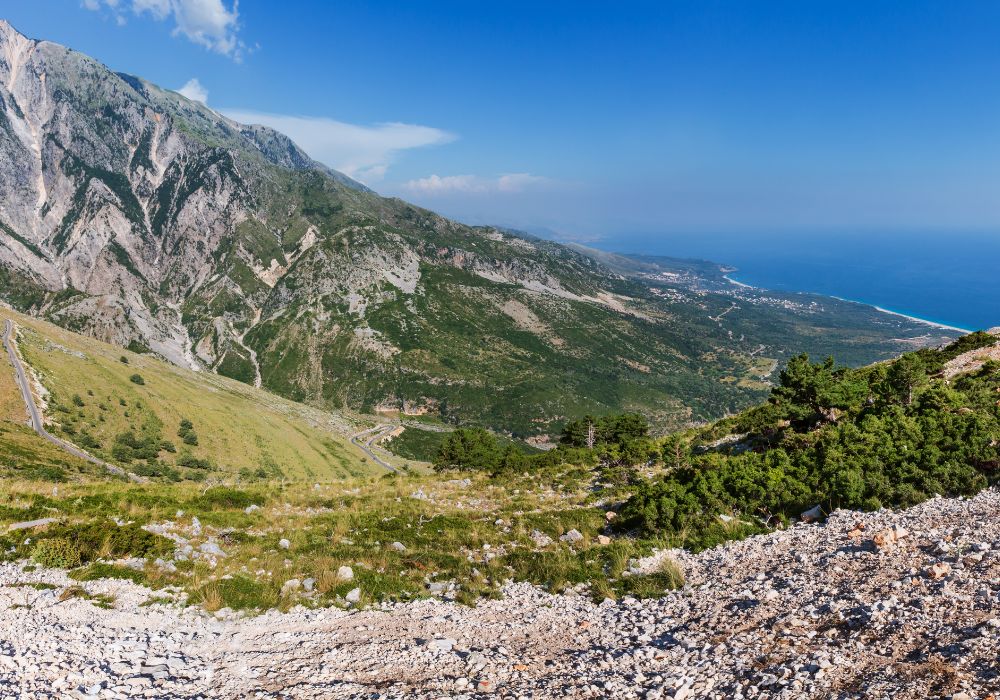
Conclusion
Importance of Visiting and Supporting Albania’s National Parks
Visiting and supporting Albania’s national parks is crucial for promoting conservation efforts and sustaining local economies. Each visit not only allows for breathtaking experiences but also contributes to preserving these natural wonders. I remember the warmth of the locals who shared their stories— it reinforced the importance of our presence in supporting their livelihoods.
Final Thoughts and Recommendations
As you plan your trip to Albania, consider these recommendations:
- Explore various parks to appreciate their unique features.
- Participate in local eco-tourism initiatives.
- Respect park regulations to protect the environment.
By visiting, you become part of the story of preservation, ensuring that future generations can experience the incredible beauty of Albania’s national parks.




